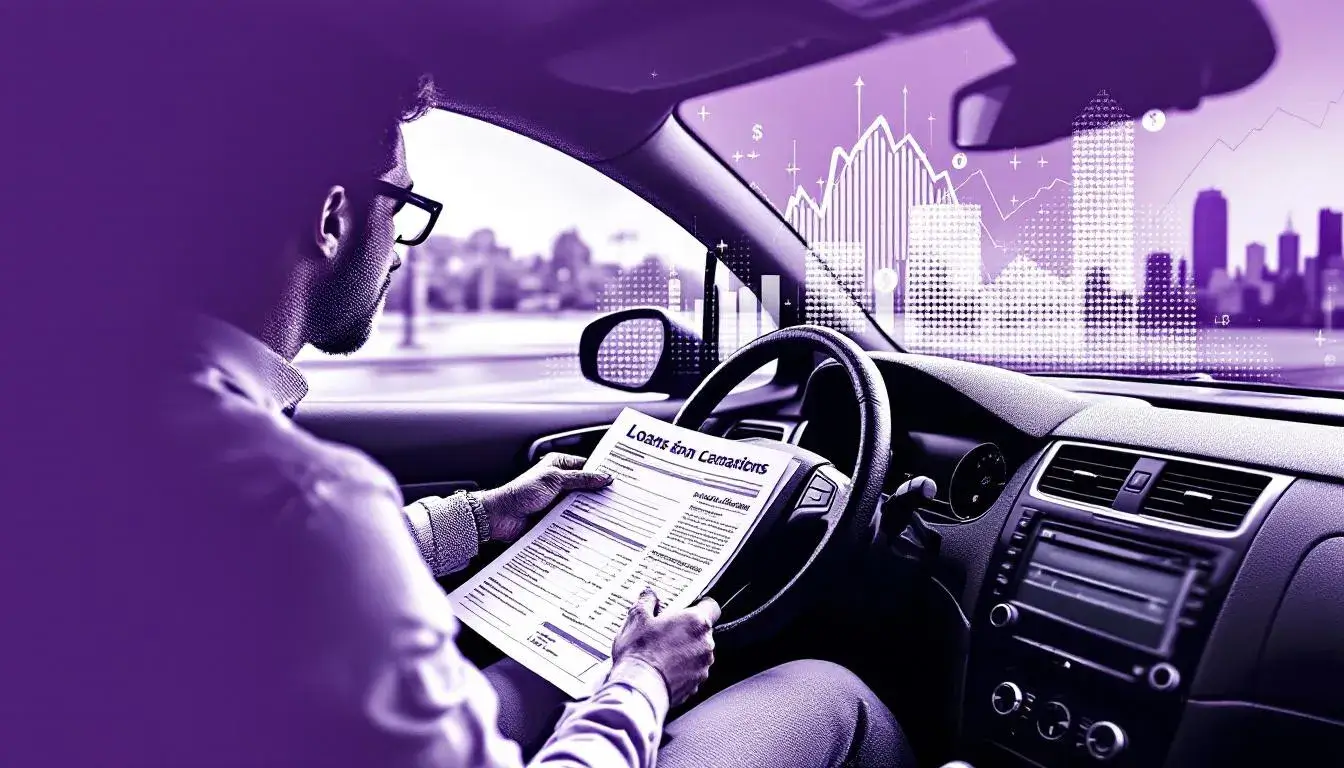
Personal Loans – Bad Credit Loan Guide

Navigating Personal Loans with Bad Credit: What You Need to Know
The prospect of securing a personal loan can seem daunting if your credit history is less than perfect. Yet, for many UK consumers, a less-than-ideal credit score doesn’t shut the door on borrowing altogether. Instead, it means you must tread carefully, weigh your options, and understand precisely what lenders are looking for.
Bad credit is more common than you might think. Missed payments, defaulted accounts, or even a thin credit file can result in a lower credit score, making some financial products more expensive or harder to obtain. However, with the right information and a realistic approach, it is possible to find a loan that suits your needs—without falling into deeper financial difficulty.
The key is clarity. Know how your credit history affects your chances, what lenders consider, and how you can demonstrate your ability to repay. It’s also essential to understand the costs associated with bad credit loans, from interest rates to potential fees. With transparent guidance, you can approach the loan process with confidence, armed with knowledge to make informed decisions.
In this guide, we’ll explore who bad credit loans are for, the terminology to know, your options, the associated costs and risks, and what you need to qualify. We’ll also address common questions and alternative routes you might consider if a traditional personal loan isn’t the right fit.
Who Should Consider a Bad Credit Loan?
Bad credit loans are designed for individuals whose credit scores fall below the threshold for standard personal loans. This includes:
Those with missed or late payments on credit cards or loans
Individuals with County Court Judgements (CCJs) or defaults on record
People with little or no credit history (sometimes called a ‘thin file’)
Borrowers recently discharged from bankruptcy
If you find that mainstream lenders are rejecting your applications, a bad credit loan could offer a lifeline. However, these loans typically come with higher interest rates and may have stricter eligibility checks. It’s vital to assess your financial situation honestly and consider whether the additional cost is manageable within your budget.
Key Terms You Should Know
Understanding the language of lending can demystify the process. Some essential terms include:
APR (Annual Percentage Rate): The yearly cost of your loan, including interest and fees, expressed as a percentage.
Guarantor: Someone who agrees to repay the loan if you cannot.
Secured vs Unsecured: Secured loans require collateral, such as your car or home; unsecured loans do not.
Soft Search: A credit check that doesn’t impact your credit score.
Default: Missing required payments, which can negatively impact your credit record.
Types of Bad Credit Loans in the UK
There are several options available to those with poor credit:
Guarantor Loans: Require a creditworthy friend or family member to co-sign.
Secured Loans: Use an asset as collateral, potentially offering lower rates but higher risk.
Unsecured Bad Credit Loans: Higher interest rates, no collateral required.
Credit Builder Loans: Small, manageable loans aimed at improving credit if repaid on time.
Each option has distinct advantages and drawbacks. Guarantor loans, for example, may offer better rates but involve another person. Secured loans risk your asset if you fail to repay.
The Real Cost and Potential Impact
Borrowing with bad credit generally means higher interest rates—sometimes significantly so. For example, while personal loans for good credit may offer APRs as low as 3%, bad credit loans can easily exceed 30% APR. Additional fees for late payments or early repayment may apply.
High costs can make these loans a risky solution if not managed carefully. Missing payments could further damage your credit score and result in additional charges or legal action.
Who Is Eligible?
While each lender sets its own criteria, you’ll typically need to:
Be at least 18 years old
Reside in the UK
Have a regular income
Provide bank account details
Demonstrate affordability, even with a low credit score
Some lenders may also require a guarantor or collateral for approval.
Step-by-Step: Applying for a Bad Credit Loan
Check your credit report and score
Research lenders specialising in bad credit loans
Use eligibility checkers for soft searches
Compare interest rates and terms
Gather your financial documents
Complete the online or in-branch application
Await the lender’s decision
Review and sign the agreement if approved
Pros and Cons to Consider
| Pros | Cons |
|---|---|
| Access to funds when others refuse | Higher interest rates |
| Opportunity to rebuild credit | Risk of further credit damage |
| Flexible options (guarantor, secured) | May require collateral or guarantor |
Careful consideration is crucial. A bad credit loan can be a stepping stone to better credit, but only if repayments are managed without strain.
Points to Watch Before Deciding
Before committing, scrutinise the total cost of borrowing. Ask yourself:
Can I comfortably afford the repayments?
What happens if my circumstances change?
Am I fully aware of all fees and penalties?
Avoid applying for multiple loans in quick succession, as this can further harm your credit score.
Alternatives to Bad Credit Personal Loans
Credit Unions: Often offer fairer rates and are more flexible.
0% Credit Card Deals: For those with slightly better credit, balance transfer cards may be an option.
Borrowing from Friends or Family: Can be cheaper but may strain relationships.
Debt Management Plans: If struggling with debt, specialist advice may offer better solutions than further borrowing.
Frequently Asked Questions
1. Will applying for a bad credit loan hurt my credit score?
Not if you use eligibility checkers (soft searches). A full application may leave a mark on your report.
2. How quickly can I get the money?
Some lenders offer same-day funding, but approval may take longer depending on your circumstances.
3. Can I repay my loan early?
Most lenders allow early repayment, but some charge exit fees—always check the terms.
4. Do I need a guarantor?
Not always, but having one can improve your chances and terms.
5. What’s the maximum I can borrow?
Limits vary, but bad credit loans usually cap at lower amounts—often between £500 and £10,000.
6. Could I lose my home or car?
Only with secured loans. Unsecured loans do not require collateral.
Your Next Steps
If you’re considering a bad credit personal loan, start by checking your credit report and assessing your budget. Research reputable lenders and compare all available terms, including interest rates, fees, and repayment flexibility. Remember, responsible borrowing can help rebuild your credit profile over time.
Disclaimer
This article is for informational purposes only and does not constitute financial advice. Always consult a qualified financial adviser before making significant borrowing decisions. Loan terms and eligibility criteria vary by lender and are subject to change.
Buy now, pay monthly
Some of our incredible partners
Our partners have consistently achieved outstanding results. The numbers speak volumes. Be one of them!


SKYLINE CYCLES AND SPORTS LTD

ARC ONE GROUP LIMITED










